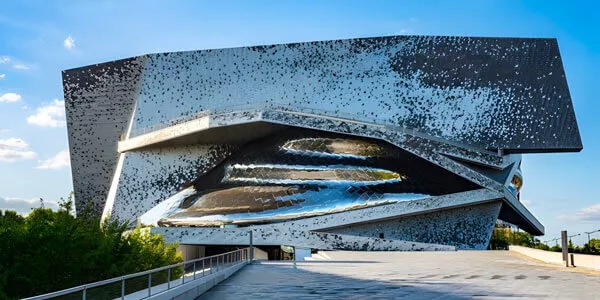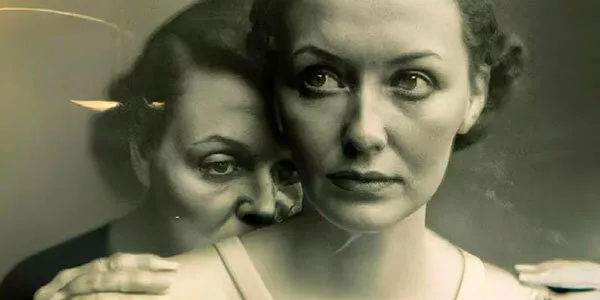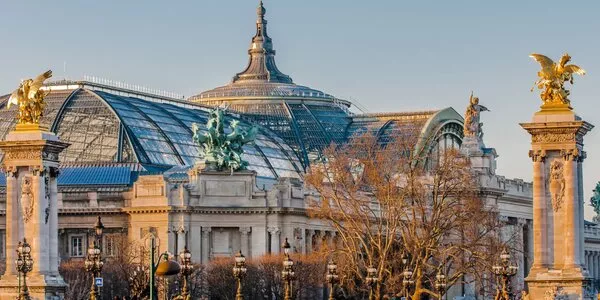
The world of Jean-Michel Wilmotte
The architectural agency Wilmotte & Associés is celebrating its 45th anniversary. What is the common denominator in your activities (town planning, architecture, design, interior architecture and museology)?
Jean-Michel Wilmotte: Some may indeed wonder what there is in common between creating a door handle or a waste-paper basket, designing sports equipment, a vineyard, a city district or a house. Despite this diversity of scales, what has always fascinated me is the challenge of inventing a tailor-made “object” while respecting the need for elegance, detail and excellence, to perfectly align the object to its environment.
What are your sources of inspiration?
J.-M. W.: We currently work in 29 countries. Whenever I first come to a city to start a new project, I’m curious about everything. Even on the road that takes me from the airport to my meeting venue, I’m already observing everything around me. I try to capture the spirit of the moment, the ambiance, and to soak up the environment around me. I need to walk a lot in a city: through the food markets, for example, because they give a real picture of daily life, but also I like to wander through the gardens, the museums and the city itself.
What inspires an architect when taking on a new commission? What can you bring when studying the specifications of a particular job?
J.-M. W.: At the start of a project, I do appreciate having a lively exchange with the sponsor, a bit like in a game of ping pong, if you will. I listen to them carefully to try to understand what they need in order to offer them the most appropriate solutions. The more constraints there are to a project, the more opportunities there are to express yourself, actually. In this profession, our art form consists of navigating obstacles and constantly responding positively to them. My response as an architect is inspired by both the client’s request, my experience, and the symbiosis of local elements that I take on board.
Do you have favourite materials?
J.-M. W.: The choice of materials is an important step in my work. These should be both contemporary and timeless. Depending on the project, I might opt for glass, wood, stone (preferably local), steel. Sometimes, for a specific technical or aesthetic reason, we are obliged to treat the chosen material, using high-tech tools, sand, oxidation or metalising, to give it a different appearance. For example, the golden “dome” of the Paris Orthodox Cathedral was created from a composite material used for boat hulls. As a result, this dome is six times lighter than if it had been made of wood and metal. Since the 1980s, the agency has kept a “material library”. It is a large collection of the materials that have already been used in our projects, plus new materials and prototypes. This acts as a real source of inspiration.
You published a book a few years ago entitled Interior Architecture of Cities. What does this expression mean to you?
J.-M. W.: A city should be designed like a house. To feel good, everything must be considered at a human scale, with particular care given to the shape and size of buildings, urban lighting and the ground, without forgetting green spaces and the presence of art. All these elements give dignity to a public space. Nobody would spit in their own living room: so you have to transpose this response to the level of the city.

Today, the best way to be green is to renovate. This helps avoid the inevitable destruction that is a part of any rebuilding project. I have always enjoyed giving new life to old buildings.
You often talk about architectural “grafting”. Is it possible to make something new from the old?
J.-M. W.: Today, the best way to be green is to renovate. This helps avoid the inevitable destruction that is a part of any rebuilding project. I have always enjoyed giving new life to old buildings. The important thing is to retain the memory of spaces and locations, whilst adding a contemporary and complementary aspect. The old Richaud hospital in Versailles has been transformed into a residential building with a beautiful cultural space and a crèche. Founded in 2005, the Wilmotte Foundation is organising the 9th edition of a competition dedicated to renovating buildings this year. The W Prize is open to young students and recent graduates, and winning projects will be exhibited at the Venice Biennale.
Architectural projects, which often require a long gestation period, confront a world where everything is seemingly getting faster and faster. Does this require an adaptation in the process?
J.-M. W.: You certainly have to be able to adapt to deadlines, especially since the time necessary to complete projects can differ significantly. The Sophia Antipolis campus on the Côte d’Azur and the Rijksmuseum in Amsterdam took more than thirteen years to complete, while the Orthodox Cathedral of the Holy Trinity in Paris was built in two years, and the Allianz Riviera stadium in Nice in 500 days.
What are your main projects at the moment?
J.-M. W.: We have just completed the Palais des Congrès du Touquet. We are currently working on the future Parisian campus for Sciences Po University, the Paris-Saint-Germain training centre at Poissy, the headquarters of ArcelorMittal in Luxembourg, and a project for United Nations House in Diamniadio, Senegal. To this, I should also add the Centre for Islamic Civilization in Tashkent, Uzbekistan.
Wilmotte & Associés in figures
5
international offices.
100
simultaneous projects.
more than 500
completed projects to date.




